Is It A Stye Or Chalazia? Important Facts You Should Know
Styes and chalazia tend to cause panic when they first appear along the edge of an eyelid. These little bumps generally go unnoticed until a person looks in the mirror. Styes and chalazia are typically painless and will usually go away on their own. Styes can be internal or external and tend to most frequently occur around the edge of the eyelid. A chalazion, however, will typically manifest in the eyelid. Both styes and chalazia are marked by intense swelling and redness, and chronically inflamed styes or chalazia can cause minor pain and/or irritation.
Internal Styes
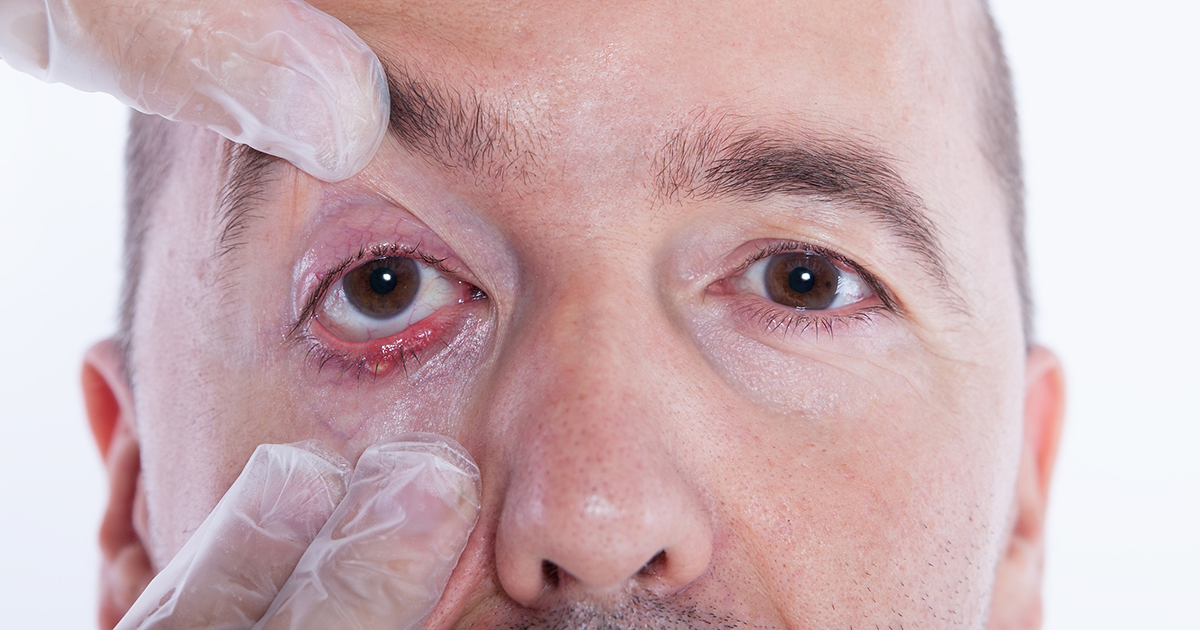
There are two types of styes (which are also known as a hordeolum), internal and external. Internal styes are the result of bacterial infections in the meibomian glands, which are located inside of the eyelid. Internal styes do not occur as frequently as external styes and tend to be more serious. Initially, an internal stye will start off looking like a small pimple that has grown on the inside of either the upper or lower eyelid. The infected individual will likely notice redness and puffiness on the outside of the eyelid first, which will prompt them to check the inside of the infected eyelid.
External Styes
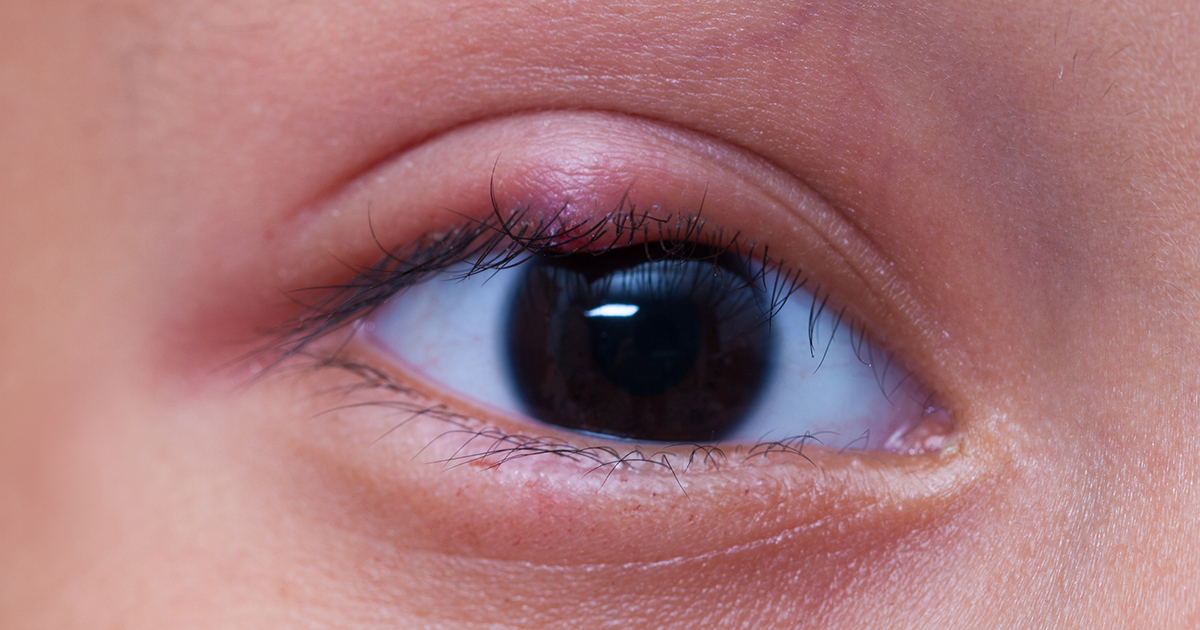
An external stye is the most common type of stye that occurs. At first, it looks like a tiny, skin-colored pimple that shows up along the outer ridge of either the upper or lower eyelid. Over time, it might start to look larger as swelling and inflammation accrue. These bumps start off so small that it can be difficult to notice them until the infected person takes a close look in the mirror. External styes tend to go away on their own and need minimal treatment. They generally do not indicate serious underlying health issues, but if they persist along with inflammation elsewhere in the body, the individual should consider speaking with their doctor about different inflammatory diseases that can cause styes to manifest.
Styes Are Caused By Bacterial Infections in the Meibomian Glands

Styes are the result of bacterial infections that occur in one of the meibomian glands (which are also referred to as tarsal glands). These glands can be found near the rim of the eyelids located within the tarsal plate. Meibomian glands produce an oily substance called meibum. Meibum is responsible for stopping the evaporation of tear film in the eyes. It also helps to trap tears between the eyelid ridge and the eyeball, thereby preventing tears from spilling out onto the cheek. When meibomian glands are dysfunctional, they can cause dry eyes and blepharitis (an eye condition characterized by eyelid inflammation). Styes occur when bacteria get into these glands and cause an infection.
Chalazia Are Caused By Blockages of Meibomian Glands
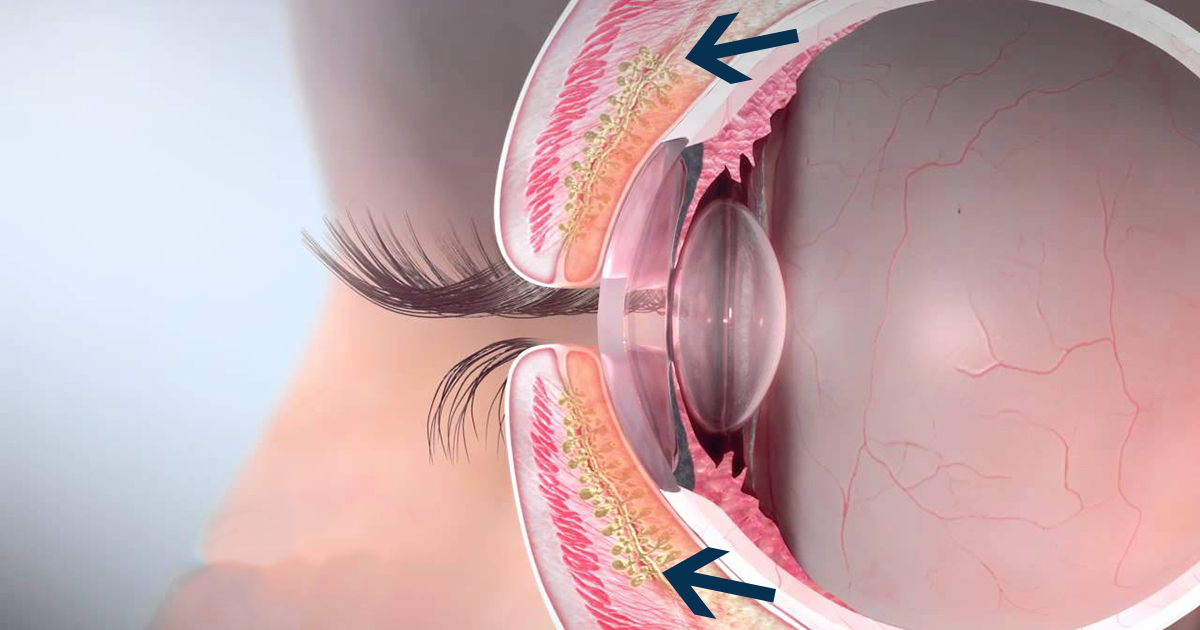
When meibomian glands become blocked, chalazia tend to be the result. This is extremely common with those who have Meibomian Gland Dysfunction (MGD). Each eye has its own two sets of meibomian glands. The lower lid has between twenty and thirty of these glands while the upper lid has about twenty-five to forty of them. When a blockage occurs in any of these glands (and it can often occur simultaneously in multiple glands), they are rendered unable to secrete a sufficient amount of oil into the tears, thereby leading to dryness in the eyes. The older an individual gets, the more likely they are to experience chalazia as the result of blockages to the meibomian glands.
Those With Inflammatory Diseases Are At Risk
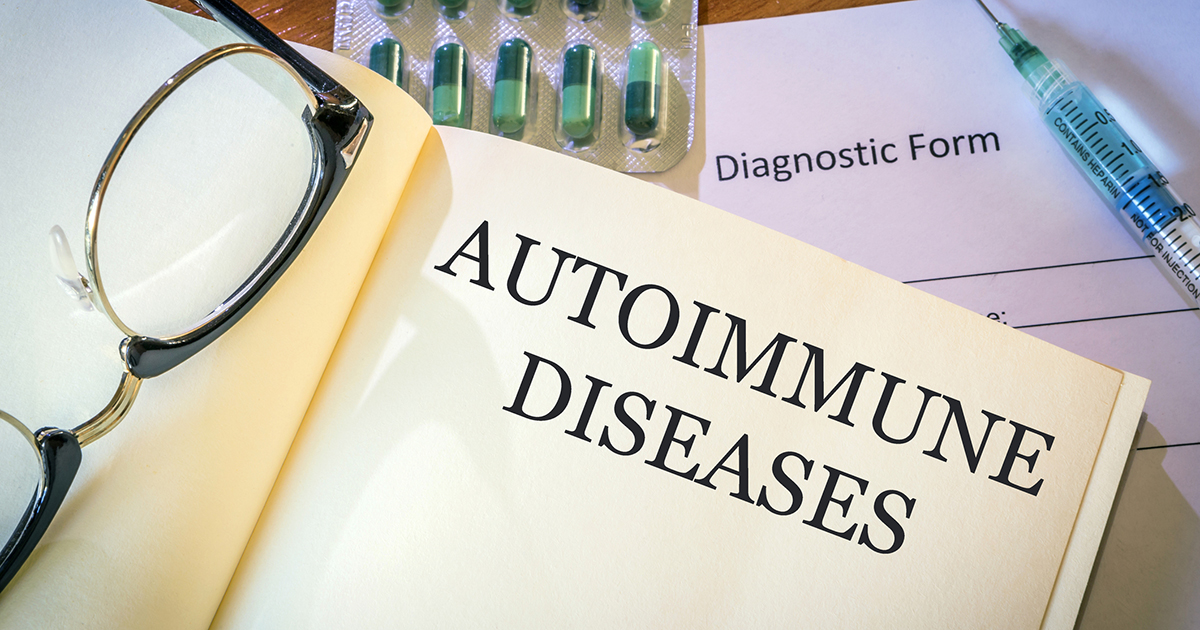
Aside from age being a risk factor for styes and chalazia, anyone with an underlying inflammatory-based disease is at risk for developing styes or chalazia. Individuals with inflammatory diseases can develop styes and chalazia at relatively young ages. Individuals with Crohn's disease, Hashimoto's thyroiditis, Sjogren's Syndrome, and other autoimmune diseases that involve bodily inflammation are all at risk for developing Meibomian Gland Dysfunction. When a person has an autoimmune disorder, their body will produce too many antibodies to fight off a perceived invader when none is actually present. This causes the body to attack its own organs and tissues, leading to inflammation throughout the body.
Unusual Chalazia Are Rare But Serious

Most chalazia remain small, relatively painless, and go away on their home with minor at-home treatments. Therefore, they generally do not require a trip to the doctor's office. However, on rare occasions, unusual chalazia occur and can be difficult to treat. These chalazia should be taken seriously. Severe cases of chalazia need to be seen by an ophthalmologist, who can provide the most effective prescription treatment available. If the entire eyelid appears to be swollen and is painful, this indicates a serious infection or blockage that might prove to be too difficult to treat with at-home remedies. Recurring chalazia will require the individual to take preventative measures in order to keep the inflammation from worsening.
Diagnosis

A diagnosis of a stye or chalazia is typically made upon an examination conducted by an ophthalmologist. An eye doctor might exam the infected eyelid in one of several ways. The doctor might try pressing down on the eyelid to expel the contents of the meibomian gland. In recent years, tools to help doctors expel the contents of the meibomian gland have been developed, and many ophthalmologists keep them in their examination rooms. Additionally, a doctor might want to test tear production, which involves a minuscule amount of dye being applied to the eye. The procedure is quick and painless.
Treating Styes
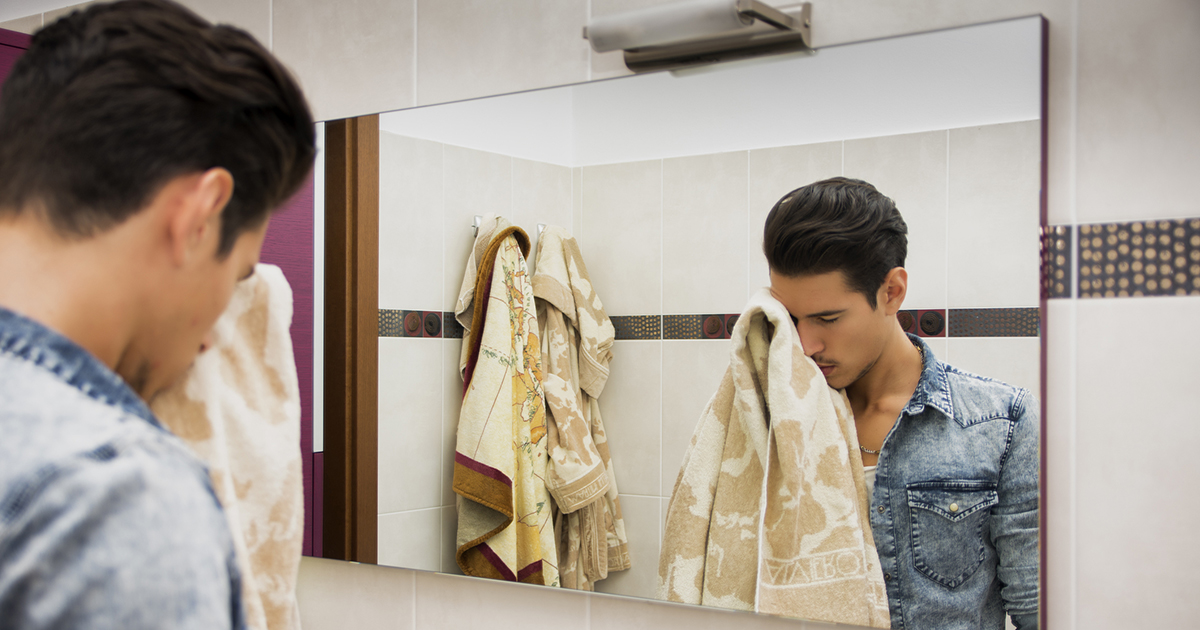
For the most part, a mild or average stye can be easily treated with at-home remedies. The easiest method involves applying a hot compress to the infected eye for about ten to fifteen minutes at a time at least a few times a day. This allows the meibomian glands to open up and properly secrete oil. Another treatment is to invest in an over-the-counter eyelid scrub and gently apply it as directed to the infected eyelid. If a stye takes more than two weeks to go away, the individual should make an appointment with their ophthalmologist. Styes rarely take longer than ten to fourteen days to clear up, but those rare few that last longer can be more serious in nature and, therefore, more difficult to treat.
Treating Chalazia

Chalazia tend to disappear on their own with minor at-home treatments, but they take longer than styes to vanish. A mild to moderate case of chalazia will last anywhere between eight to sixteen weeks. As with styes, milder cases can be treated with a warm compress and/or warm water cleansing of the infected eyelid. Moderate chalazia, however, will require antibiotics, which can be prescribed by a primary care physician or an ophthalmologist. Severe cases tend to require antibiotic tablets.
Recurring Chalazia Prevention Techniques

Chalazia can be recurrent, especially in individuals with chronically dry skin and/or dry eyes (for example, individuals with Sjogren's Syndrome). If chalazia recur, the individual is encouraged to undertake preventative techniques, which can include cleaning the eyelid daily with warm water, getting a sufficient amount of omega-3 fatty acid or flaxseed oil supplements (which can help create moisture in the body), and topical antibiotic ointment as prescribed by a doctor. When all of these methods fail, a doctor will typically recommend that the patient take antibiotic tablets, which are often prescribed for a three-month period and have an effect that lasts for many months afterward.
